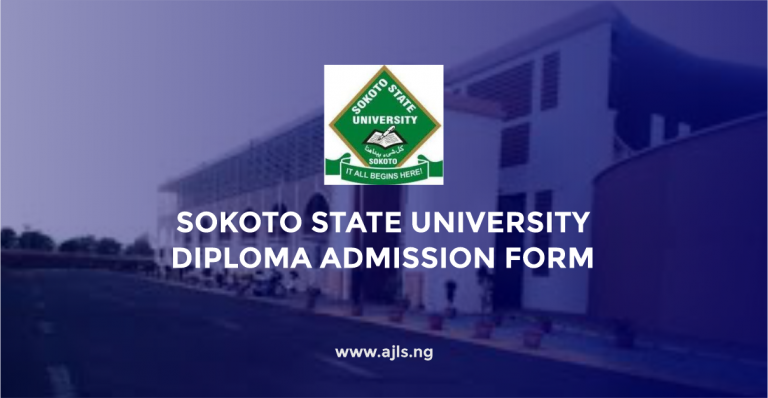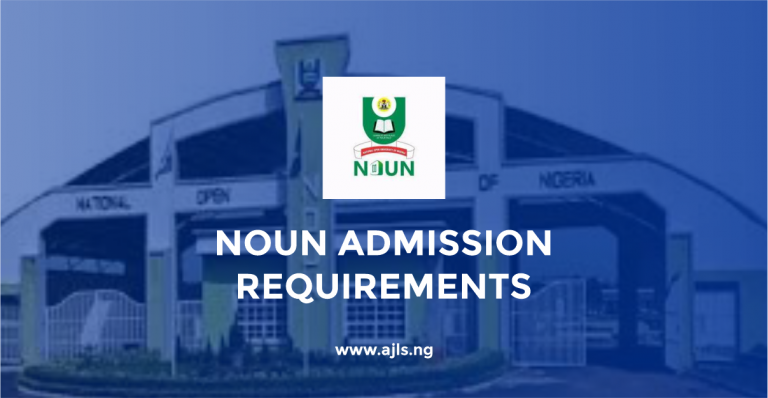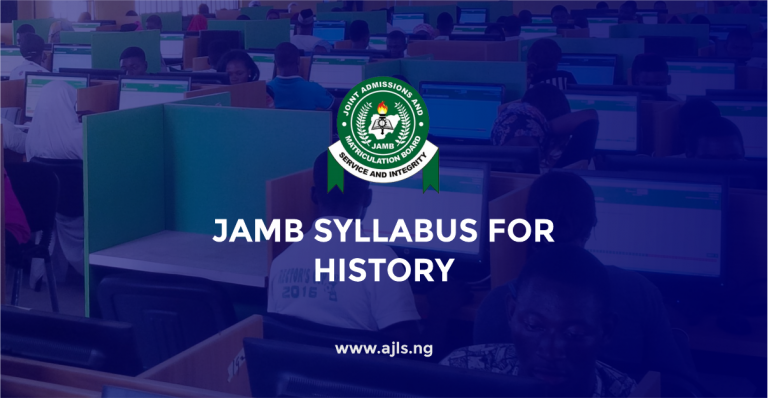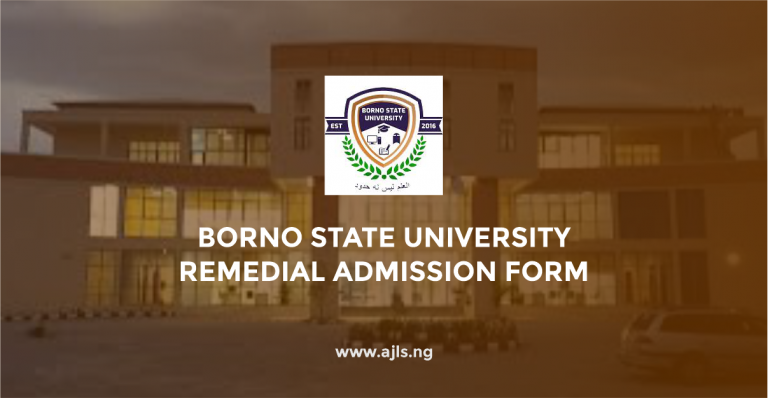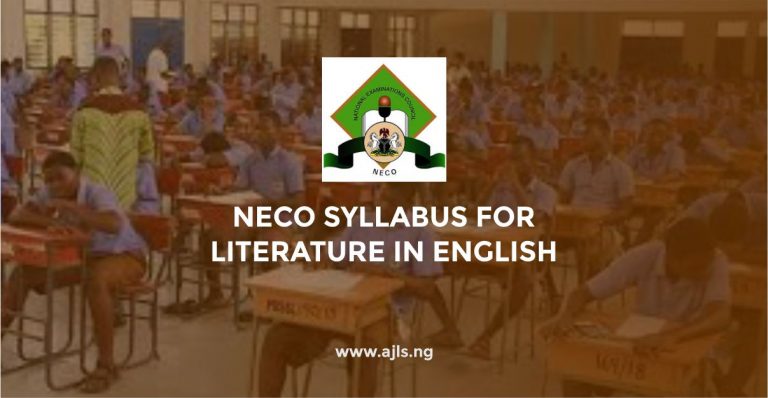WAEC Syllabus For Technical Drawing
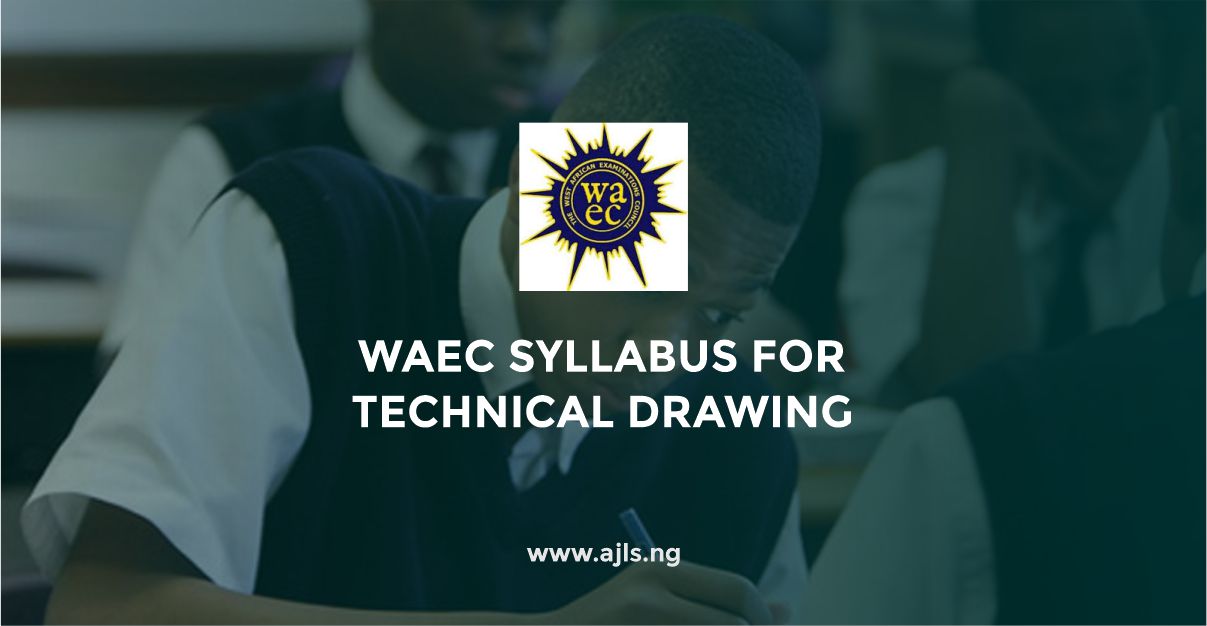
The WAEC Technical Drawing syllabus serves as a comprehensive guide for students preparing for the West African Senior School Certificate Examination. The WAEC Syllabus for Technical Drawing meticulously outlines the fundamental principles and practical skills necessary for success in this subject.
Technical Drawing, being a crucial discipline for aspiring engineers, architects, and designers, demands a thorough understanding of geometric constructions, orthographic projections, and the application of drawing instruments.
The WAEC Syllabus for Technical Drawing is structured to ensure that candidates acquire both theoretical knowledge and practical proficiency, enabling them to communicate technical ideas effectively through drawings.
By following the syllabus, candidates can develop the spatial reasoning and problem-solving skills necessary to excel in technical drawing and related disciplines. It is therefore very important to be familiar with the syllabus content. The outline of the West Africa Examination Council is below keep reading to find out the contents and the examination structure on this page.
WAEC Syllabus for Technical Drawing
The West African Examinations Council (WAEC) Technical Drawing syllabus outlines the topics and objectives candidates need to study to prepare for the examination. It serves as a guide to ensure that students focus on relevant areas during their studies.
Examination Structure
The Technical Drawing examination comprises three papers:
Paper 1: Forty multiple-choice objective questions covering general principles, techniques, and applications of plane and solid geometry. This paper is divided into two sections:
Section A: Thirty questions on general principles of plane and solid geometry.
Section B: Ten questions, with candidates choosing between Building Drawing and Mechanical Drawing.
Paper 2: Five essay questions on plane, solid, and vector geometry. Candidates are required to answer any three questions.
Paper 3: Two sections:
Section A: Three questions requiring sketches of objects, components, symbols, and tools used in the Building and Mechanical industries. One question is compulsory.
Section B: Two questions: one on Building Drawing and the other on Mechanical Drawing. Candidates answer only one question.
Key Topics Covered
Drawing Materials and Equipment
- Types of drawings and their applications.
- Use and care of drawing instruments and equipment.
Lines, Lettering, and Dimensioning
- Types of lines and their uses.
- Styles of lettering.
- Dimensioning techniques.
- Title blocks and borderlines conform to BS 1192 and BS 308A standards.
Geometrical Constructions
- Construction of plane figures.
- Division of lines and angles.
- Construction of polygons.
Scales
- Plain and diagonal scales, their constructions, and applications.
Loci
- Concepts and applications of loci in engineering and everyday life.
Development of Surfaces
- Development of surfaces of geometrical solids like prisms, cylinders, pyramids, and cones.
Building Drawing
- Building components and details.
- Building services and finishes.
- Interpretation of building drawings.
Mechanical Drawing
- Orthographic projection.
- Sectional views.
- Assembly drawings.
- Detailed drawings of machine components.
WAEC Recommended Textbooks for Technical Drawing
- Technical Drawing for Secondary School Certificate & GCE J. N. Green Spectrum Books.
- Engineering Drawing with Worked Examples 1 & 2 M. A. Parker & F. Pickup Nelson Thorn Ltd.
- Geometric and Technical Drawing. A. Yarwoods Elbs with Nelson.
- Technical Drawing with Mechanical Engineering and Drawing Options. W. E. Kudor
- Foundation of Technical Drawing. A. Parkison Learn Africa
You can bookmark or save this page for a revisit. If you have any questions or further inquiries kindly drop them in the comment box below. Also, endeavor to share this page with family and friends to keep them posted with this information.
